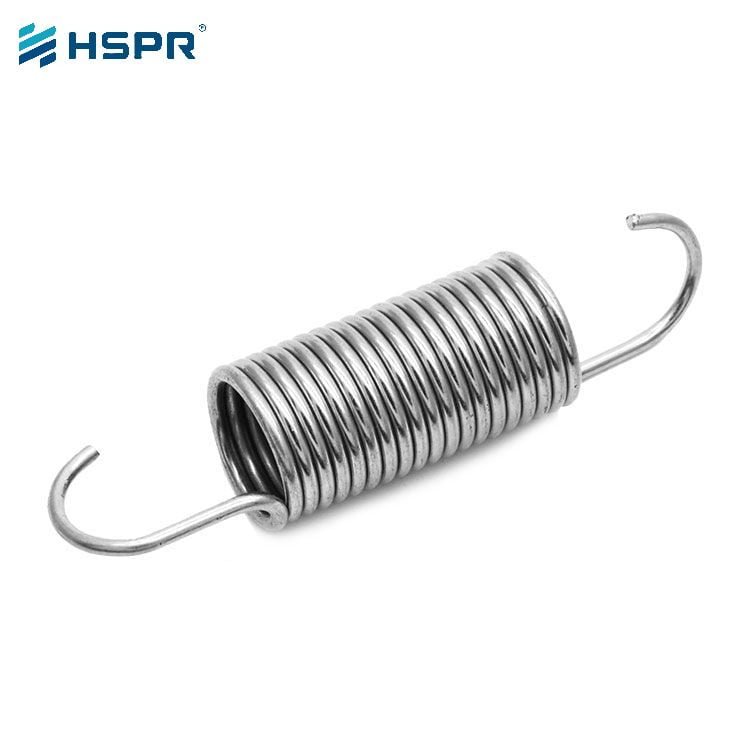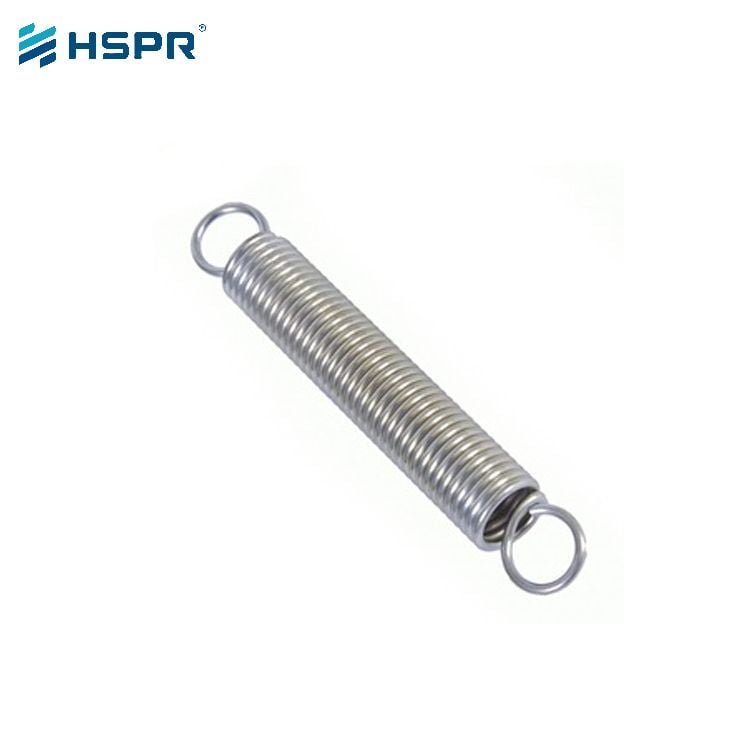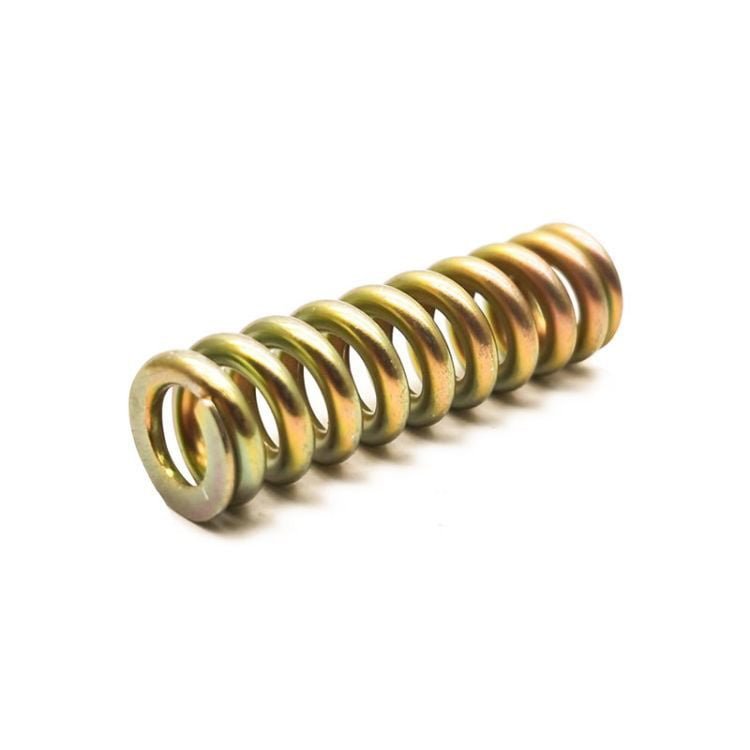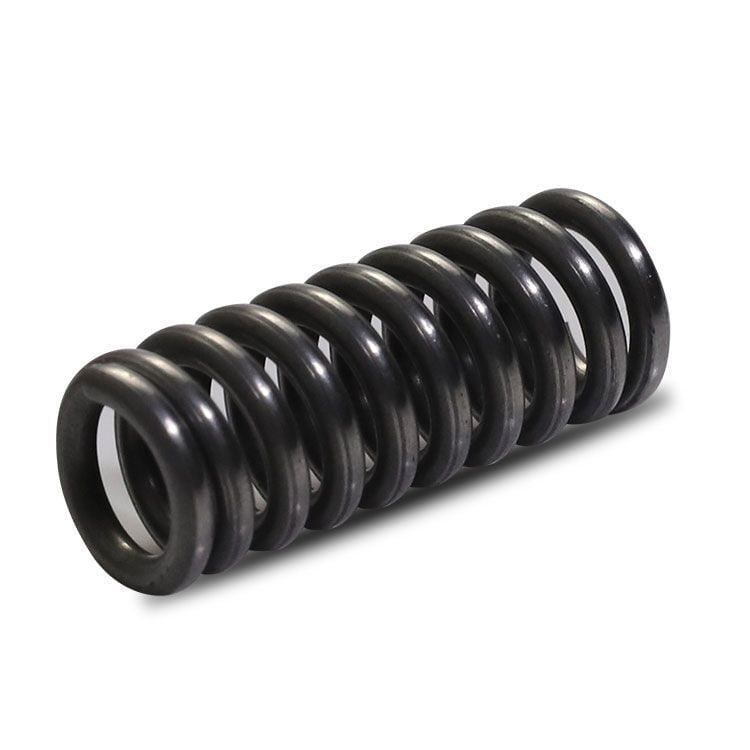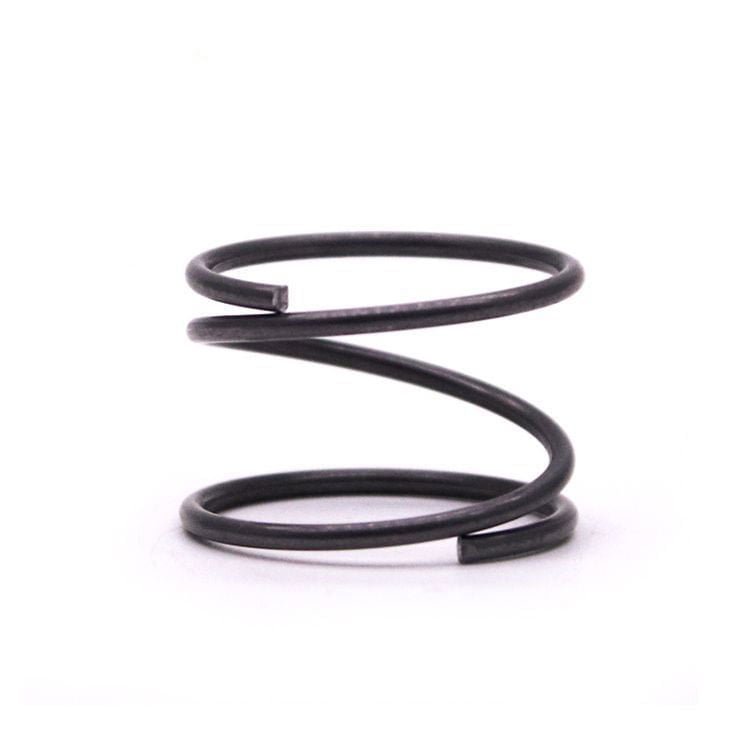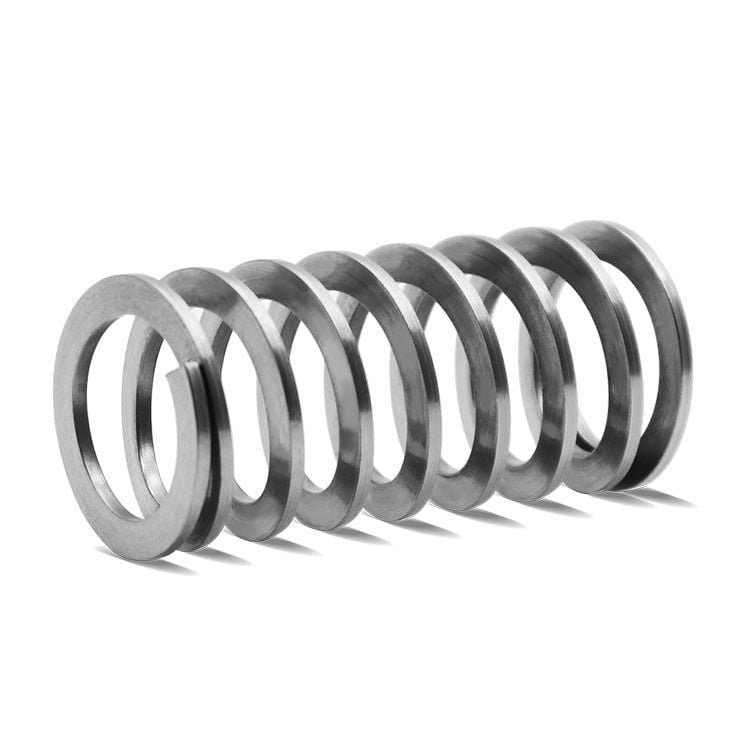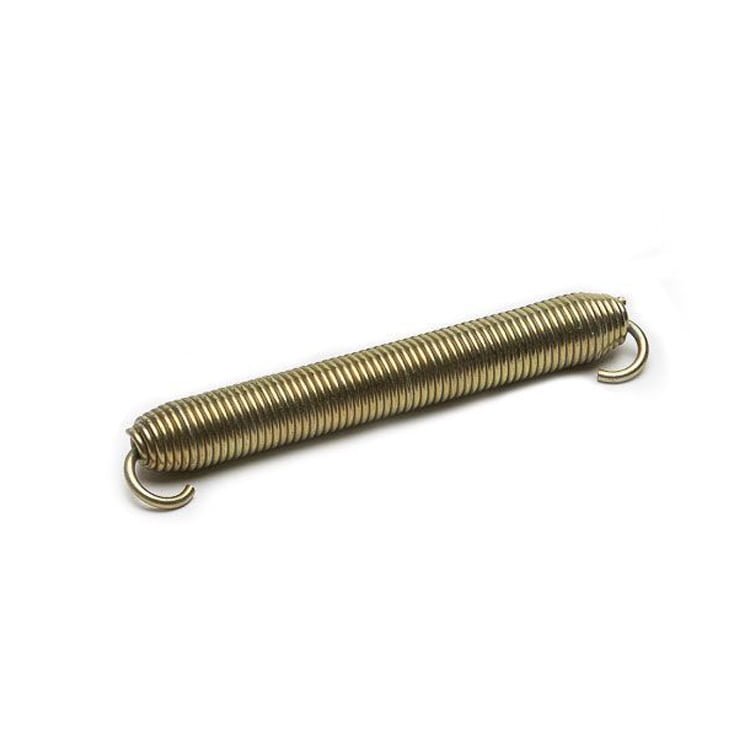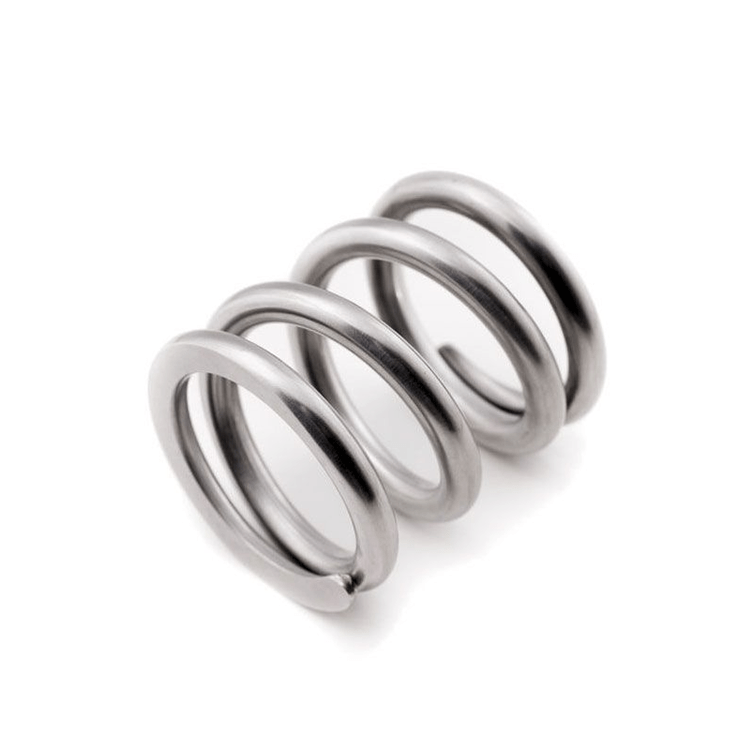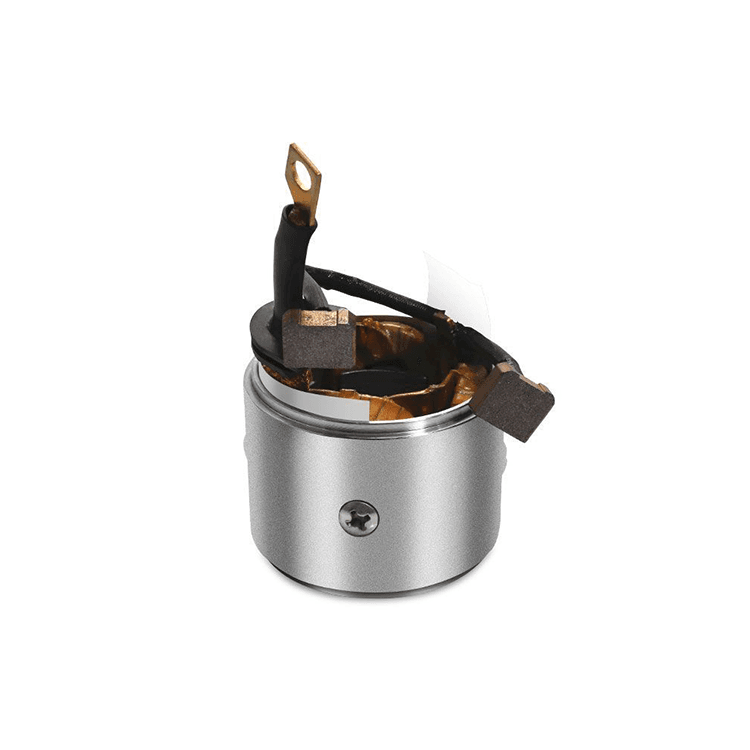Light duty extension springs
The light duty extension springs has a small or medium wire diameter, and the outside diameter is proportional to the size, so that the spring index is not less than 7 to 1, which is usually the main factor in determining whether your spring is a light extension spring.
Light duty extension springs usually have hooks, eyes, or rings that can be attached to connecting parts or mechanisms. Tension springs absorb and store energy, thereby providing resistance to tension.
Light duty extension springs can be customized to your needs in different lengths and wire thicknesses, and light duty extension springs can also meet specific load requirements.

A stretch spring, also called a tension spring, is a spiral wound coil that is tightly wound together to create tension. Light duty extension springs usually have hooks, loops, or end coils that pull out and form from each end of the body. The function of a stretch spring is to provide an extension force when the spring is pulled away from its original length.
Stretch springs are used on trampolines, push rods, shake horses, screen doors, and any other device that requires a stretch force. You can choose to use a small stretch spring, a light stretch spring, a large stretch spring or a heavy stretch spring.
Design calculation of light duty extension springs
1. Power: How much power do I need to generate?
Well, that’s an easy question to answer, because if you think about it in terms of velocity, which is pounds per inch of stretch, the velocity of all stretched springs is pounds per inch of stretch.
Example: Suppose the spring is 10 inches long and 10 pounds per inch extended. This means that if you pull the spring 1 inch, you need 10 pounds of force. The concept is simple: for every inch you pull or move, you need 10 pounds of force. The key here is to determine how far the stretched spring needs to move to work properly, and to provide the right force after the spring has moved its length. Assuming you need 5 inches of travel, the spring will generate 50 pounds of force when extended 5 inches. Remember, the key here is to determine how much force the spring needs to move a certain distance.
2.What is preloading? Do I need it?
Preloading is the stretching of the spring from its free state by a short distance so that energy can be stored.
Example: A stretch spring does not exert any force until it is stretched. Therefore, the (preloaded) spring must be pulled to place the hook that stretches the spring on the product. In the case of a trampoline, the stretch spring must be pulled a short distance in order to have a tight rubber pad for you to jump on. Without pre-loading the stretch spring, your rubber pad will not be comfortable for you to jump. There are two aspects that complement each other, one is the speed, and the other is the initial tension. The spring rate (pounds per inch) plus the distance traveled will give you the final force of the spring. But the initial tension must be considered.
The initial tension is the tension between the coils that are clamped together, and each light duty extension springs has an initial tension. Suppose your spring has a speed of 10 pounds per inch and an initial tension of 2 pounds.
This means that when you pull the stretch spring enough to see the light between the coils, you will get 2 pounds of initial tension. Therefore, the method of calculating the total force is the initial tension of the spring + the tensile rate (pounds/inch). This will give you the total force provided by the spring over the distance you will travel. Using the example above, if your spring is going to travel a distance of 5 inches, this will give you 50 pounds of force plus 2 pounds of initial tension, giving you a total of 52 pounds of force.
The design of a light duty extension springs is very complex, and a good spring is all about the design, including all the above factors we have considered. There are also many types of end hooks to choose from, you can choose from mechanical hooks, side hooks, loops, cross hooks and double loops, and many more end configurations, almost any type of end configuration can be manufactured into a stretch spring.
